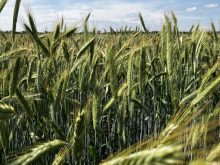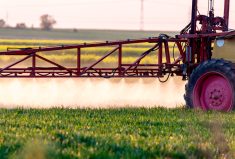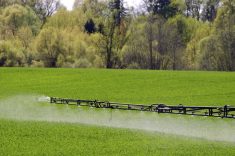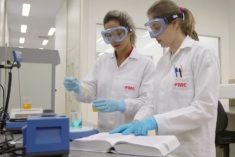A study by Swiss scientists has found trace levels of at least one neonicotinoid pesticide in three-quarters of the honey samples it collected from around the world.
The study, spearheaded by a team from Switzerland’s Universite de Neuchatel and published in Friday’s edition of the journal Science, was meant to assess “global exposure of pollinators to neonicotinoids.”
The team’s report emphasized the compounds occurred in honey samples “at levels considered safe for human consumption.”
However, the Swiss team wrote, “the contamination confirms the inundation of bees and their environments with these pesticides, despite some recent efforts to decrease their use.”
Read Also
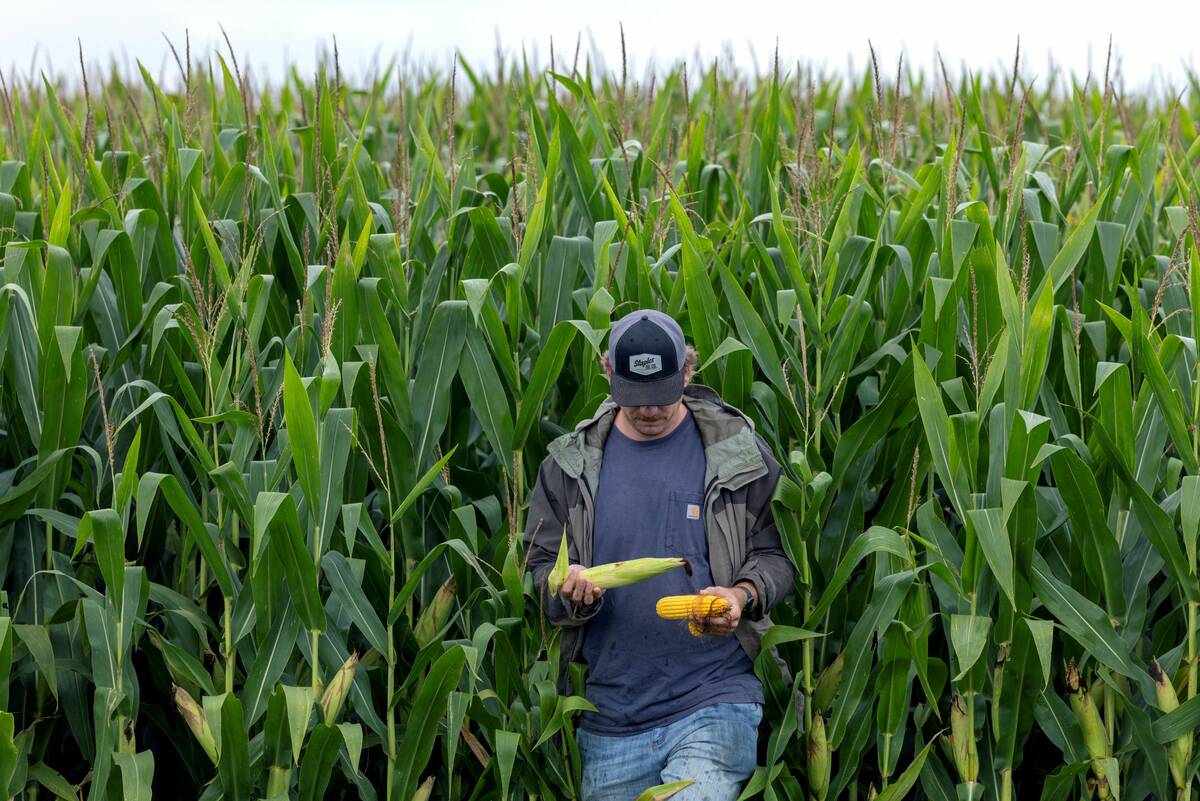
The U.S. corn crop could be the biggest ever. That’s terrible news for America’s farmers.
The USDA predicts a record corn crop for U.S. farmers, who question the agency’s accuracy amidst high debt and low crop prices.
Of 198 honey samples sourced worldwide through a “citizen science project,” the team found at least one of five tested compounds (acetamiprid, clothianidin, imidacloprid, thiacloprid, thiamethoxam) in 75 per cent of all samples.
Thirty per cent of all samples contained “a single neonicotinoid,” while 45 per cent of the total samples contained “two or more” neonic compounds; 10 per cent contained “four or five.”
The samples were taken from all continents except Antarctica, as well as from “numerous isolated islands.”
The proportion of samples with trace levels of at least one neonic “varied considerably among regions,” with the highest in samples from North America (86 per cent), Asia (80 per cent) and Europe (79 per cent) samples; the lowest proportion was in South American samples at 57 per cent.
In all regions, at least one neonic was recorded in at least 25 per cent of samples, and three neonicotinoids (thiamethoxam, imidacloprid, clothianidin) were recorded in at least 50 per cent of samples in North America, the team wrote.
Imidacloprid “dominated overall concentrations in Africa and South America,” the team added, while thiacloprid led in Europe, acetamiprid in Asia and thiamethoxam in Oceania and North America, “reflecting regional differences in usage of specific pesticide types.”
“Our results confirm the exposure of bees to neonicotinoids in their food throughout the world,” the team wrote, and “the coexistence of neonicotinoids and other pesticides may increase harm to pollinators.”
The Ottawa-based Canadian arm of environmental group Friends of the Earth viewed the Swiss team’s findings as evidence supporting a “complete and permanent ban” on neonic pesticides.
“Bees collect nectar and pollen from their environment and, like the canary in the coal mine, they provide early warning of toxins. This study points to the urgent need to ban neonics,” John Bennett, senior policy advisor for Friends of the Earth Canada, said in a separate release Thursday.
“We also have the right to know what pesticides are being used where and when — it’s time for Canada to require pesticide use reports.”
Specifically, the group said, pesticide users “should be required to report time and location of use,” which would provide “much-needed information on the cocktail of pesticides encountered by honey bees and wild, native bees.” — AGCanada.com Network



